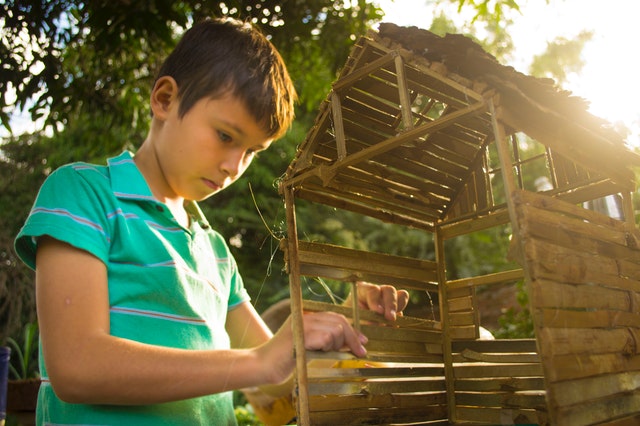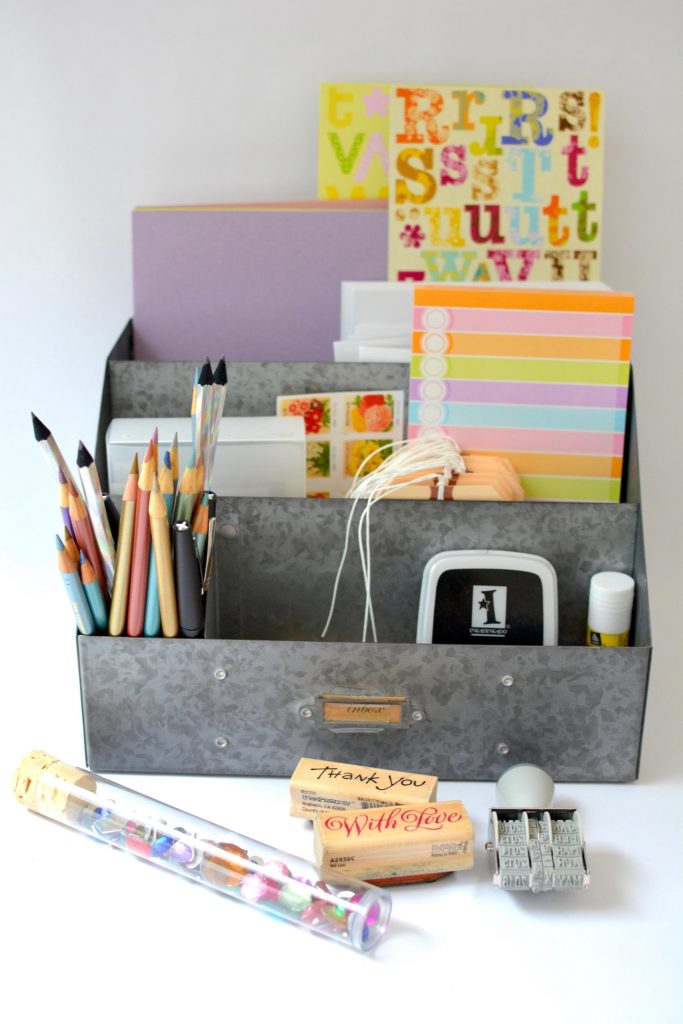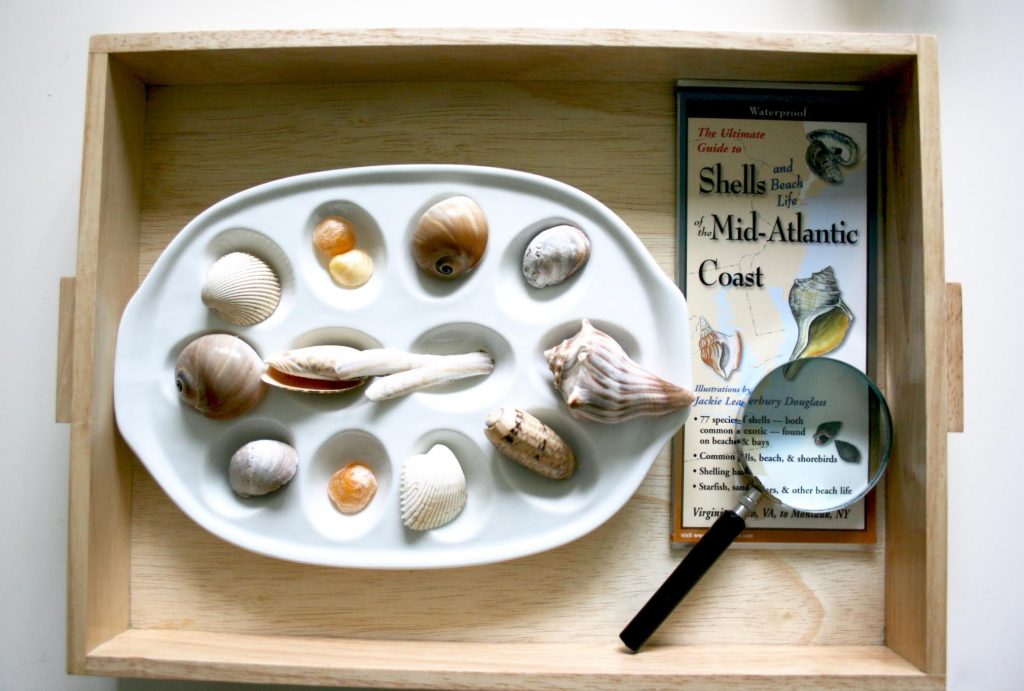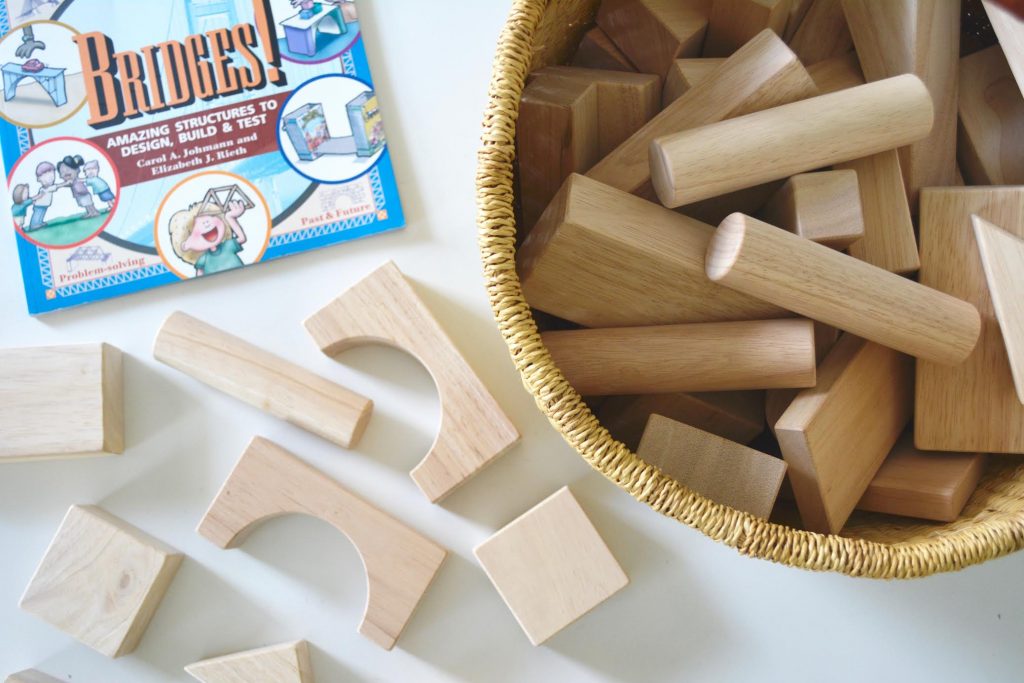It’s only a few weeks until the last day of school for us and I know summer vacation has already started for many of you! To help you prepare for a wonderful summer filled with lots of relaxing, playing, connecting, and – yes – even learning, I’ve asked my good friend Mariah of Playful Learning to stop by and share her tips.
To say Mariah is a wealth of knowledge when it comes to education, is an understatement.
She has 20 years of experience working in the field of education and a Master of Science degree in Education. She’s worked as both a teacher and director at highly respected schools such as The Dalton School in Manhattan and The Ross School in East Hampton, New York.
Back in 2008 Mariah brought her expertise online when she started Playful Learning, a resource for parents and teachers.
The work they have done has enriched the lives of families all over the world and they’ve even received the Parent’s Choice Gold Medal.
Have I convinced you? This is someone who knows her stuff and she’s got some great tips for us! I’m especially excited to try out tip #4 this summer- so smart, I can’t believe I never thought to use books in this way before!
Now, here’s Mariah with those tips…
Concerned about the summer slide?
We all want our children to experience the delights of the summer season, yet the learning gap that happens while children are out of school is very real.
The good news is that you can have the best of both worlds! Below are some simple tips and doses of inspiration for providing your child with play-based learning experiences that help reverse the summer slide.
1) Set-Up a Writing Center
Create it and they will come… It’s almost like magic! If you’d like to see your children writing for pleasure in their free time, then create an inviting space with a variety of engaging materials.
The goal of a good writing area is to entice children to express themselves and their ideas and to connect with friends and loved ones through writing and drawing. When they discover that writing is a means for expressing their thoughts, sharing their stories, and relating to people in their lives, it becomes a joyful medium for them through which they find their voices.
It’s helpful to think of the supplies we, as adults, like to use when we are writing letters, making cards, etc. and go from there. Keep it simple, just start by putting a few materials out in a pretty display and observe how your children respond.
Some possible items to include:
- Variety of different papers for writing in different sizes, colors, and textures.
- Blank books (these can be as simple as a few pieces of paper staples together or check out MPMK’s tutorial on making experience journals)
- Fun pencils, pens, and colored pencils
- Alphabet stickers and stamps (these are an MPMK favorite)
- Helpful supplies, like tape, paper clips, sticky notes, stapler, etc.
2) Create Invitations
Leave out “invitations” that encourage your children to explore a new topic (or an old favorite). What I love about creating these invitations is that they are easy to put together and you can use materials and activities that you already have on hand.
It helps to think of these invitations as a way to highlight your child’s underused supplies, games or toys. It is amazing how putting together a few thoughtfully selected items on/in a tray, bin, or basket can reawaken a child’s interest.
Start by looking through your children’s toys and materials with the idea of sorting them by themes, you will often find that you already have everything you need to create an enticing invitation.
You will be amazed to find that old toys presented in new ways can spark a fresh interest in your child. And, here comes the best part, all you have to do is leave them out for your child to discover. You don’t have to say a thing!
3) Start Collecting
Children are natural collectors. Tap into their enthusiasm for finding natural treasures and encourage them curate their very own collections from nature.
When you return home with all of your newfound discoveries, provide simple, baskets, boxes, and trays so that your child can create a display. MPMK’s DIY Vacation Memory Jars are another great way for storing these collections.
Keep field guides and non-fiction books handy to do additional research on the items they found.
4) Spread the (Book) Love!
Placing books in special places throughout your house is a great way to encourage exploration, research, and can prompt great discussions. It’s fun to display books near materials that your children use on a daily basis, to encourage a deeper investigation into a certain topic.
For example:
- Keep child-friendly cookbooks in the kitchen
- Add books about architecture near the block area
- Display books about art and artists near the craft materials
- Leave out how-to books near the corresponding craft supplies
- Don’t underestimate the power of interesting coffee table books. I have started rotating ours every couple on months and have found that my daughters will always flip through them and that they spark some great family discussions.
Carefully placing books in select locations for children sends them the message that books are helpful resources and can be used to make their everyday experiences more meaningful.

Get Your Free Printable

Subscribe to our newsletter today and get our free printable... No More, "Mom, I'm Bored!"




